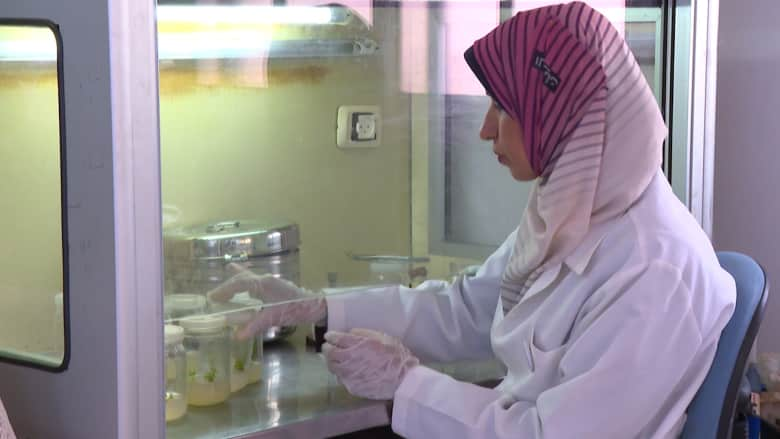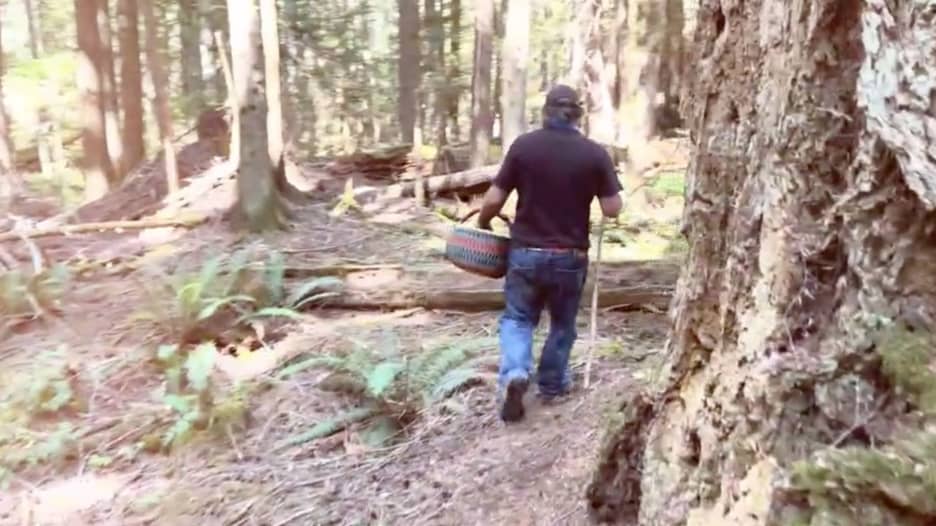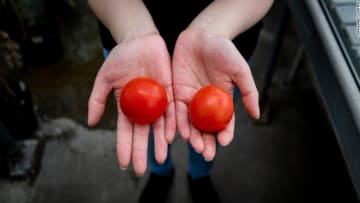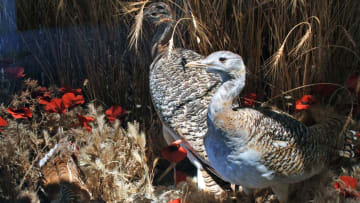دبي، الإمارات العربية المتحدة (CNN)-- أوضحت دراسة جديدة أنّ النباتات تُصدر أصوات فرقعة لا يمكن أن تسمعها الأذن البشرية. وتُصدر أصواتًا أكثر عند العطش أو عندما تعاني من أي نوع آخر من الظروف المجهدة.
وقالت ليلاك هاداني، مؤلفة مشاركة في الدراسة، إن هذا البحث يُغيّر ما يعرفه العلماء عن المملكة النباتية، التي كانت تعتبر صامتة إلى حد كبير.
وأشارت إلى أن العالم من حولنا عبارة عن نشاز لأصوات النباتات.
وأوضحت هاداني، أستاذة بكلية علوم النبات والأمن الغذائي، ورئيسة برنامج كلية جورج إس وايز لعلوم الحياة في جامعة تل أبيب، أنّ "هناك العديد من الكائنات الحية التي تستجيب للأصوات، واعتقدت أن ما من سبب وجيه يجعل النباتات صمّاء".
وكان الصبّار أول نبتة تُسجّل هاداني صوتها في مختبرها قبل 6 سنوات. لكنها لم تستبعد أن الصوت الذي اكتشفته نتج عن شيء آخر في البيئة.
وأظهرت الدراسات السابقة أن النباتات تصدر اهتزازات، لكن لم يُعرف ما إذا كانت هذه الاهتزازات قد أصبحت موجات صوتية محمولة في الهواء.
ومن أجل معرفة إذا كانت النباتات تصدر أصواتًا بالفعل، استخدمت هاداني وفريقها صناديق عازلة للصوت.
ووضع الباحثون التبغ ونباتات الطماطم في صناديق مزودة بميكروفونات تعمل بالموجات فوق الصوتية، حيث تُسجّل ترددات بين 20 و250 كيلوهرتز.
ومعلوم أن الحد الأقصى للتردد الذي يمكن لأذن انسان بالغ سماعه حوالي 16 كيلوهرتزًا.
وكانت بعض النباتات قد قُطعت سيقانها، أو لم يتم سقيها لمدة خمسة أيام، وبعضها الآخر لم يتم المساس بها.
ووجد الفريق أن النباتات تصدر أصواتًا بتردد يتراوح بين 40 و80 كيلوهرتزًا.
وعند تكثيف الصوت وترجمته إلى تردد قد يسمعه البشر، كان يشبه إلى حد ما صوت الفشار عند صنعه أو انفجار فقاعات التفاف.
ويصدر النبات المُجهد بين 30 و50 صوت فرقعة في الساعة، خلال فترات عشوائية، لكن النباتات غير المجهدة تصدر أصواتًا أقل بكثير، أي حوالي صوت واحد في الساعة.
وقالت هاداني: "عندما تكون نباتات الطماطم غير متوترة، فستجدها هادئة للغاية".
هل تتواصل النباتات؟
لا يعرف الباحثون بالضبط كيف تصدر الأصوات، لكنهم يعتقدون أنّ الضوضاء تأتي من التجويف، وهي عملية تنهار فيها فقاعة هواء في عمود الماء في النبات تحت نوع من الضغط، ما يؤدي إلى صوت نقرة أو فرقعة.
لكن كن مطمئنًا، لن تصرخ باقة الزهور المقطوفة في وجهك من الألم. ولا يوجد دليل على أن الضوضاء الصادرة عن النباتات متعمدة أو شكل من أشكال التواصل.
من يُصغي إليها؟
كرر الفريق التجربة مع نباتات التبغ والطماطم في بيئة دفيئة أكثر ضجيجًا.
وبعد تسجيل صوت النباتات، ابتكر الباحثون خوارزمية للتعلم الآلي يمكن أن تُفرّق بين النباتات غير المجهدة، والنباتات التي تشعر بالعطش، والنباتات المقطوعة.
ورغم استخدام الباحثين كلًا من التبغ ونباتات الطماطم بسبب سهولة نموّها بطريقة موّحدة، إلّا أنهم قاموا أيضًا بتسجيل الأصوات الصادرة عن مجموعة متنوعة من أنواع نباتية الأخرى، مثل القمح، والذرة، والصبار، وغيرها.
ووجد الباحثون أنها تصدر أصواتًا أكثر عندما تشعر بالضغط.
وإلى جانب الحشرات أو الثدييات التي قد تكتشف أصوات النباتات وتستخدمها، قالت هاداني إن النباتات الأخرى يمكنها أيضًا الاستماع إلى الأصوات والاستفادة منها.
وأظهر العمل السابق، الذي قامت به هاداني وأعضاء آخرون في الفريق، أنّ النباتات تزيد تركيز السكر في رحيقها عندما "تسمع" الأصوات الصادرة عن الملقحات.
وقالت هاداني إنها تنظر حاليًا إلى النباتات والزهور بشكل مختلف.
وأوضحت أنّ "هناك العديد من الأغاني التي لا نستطيع سماعها".








